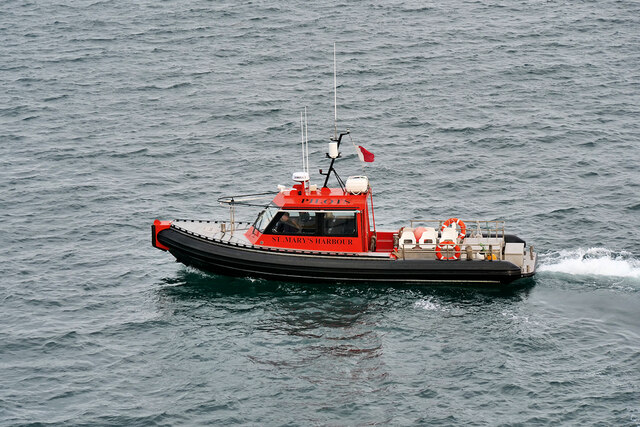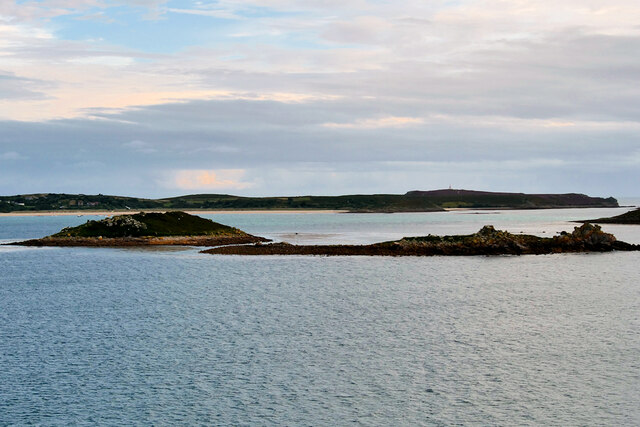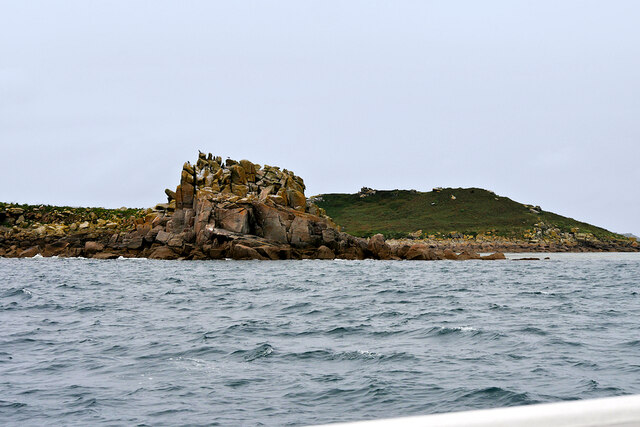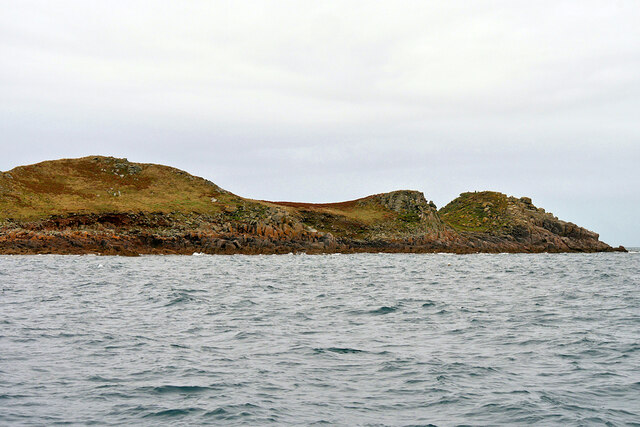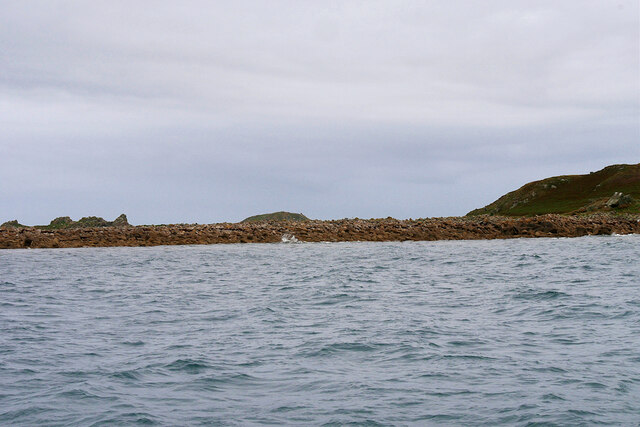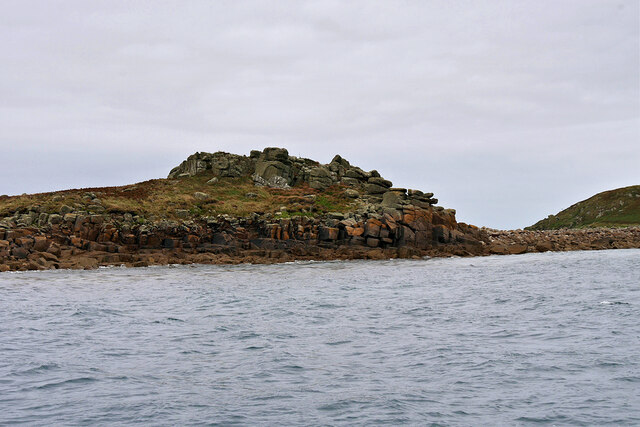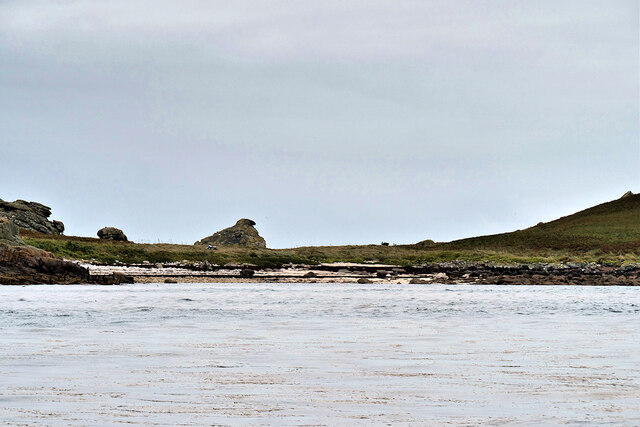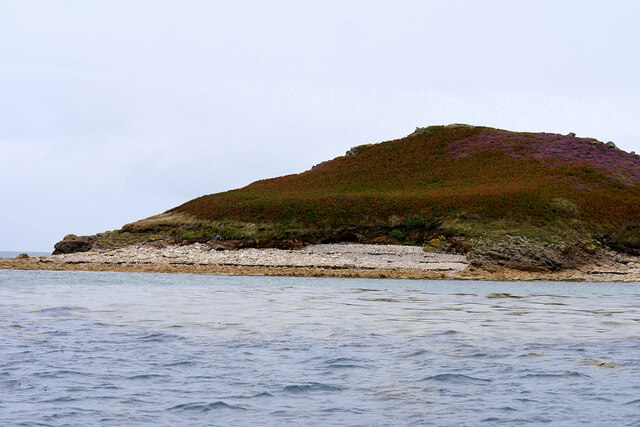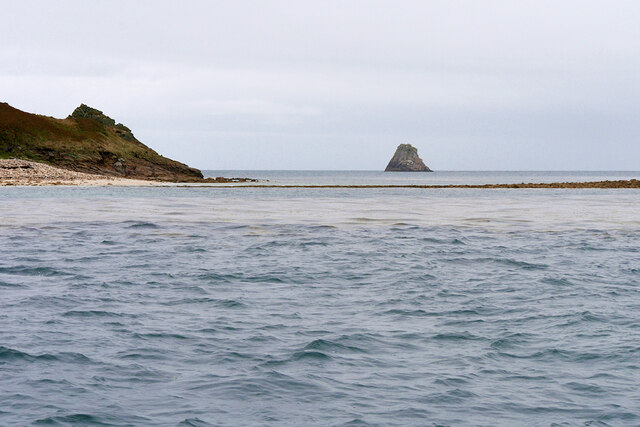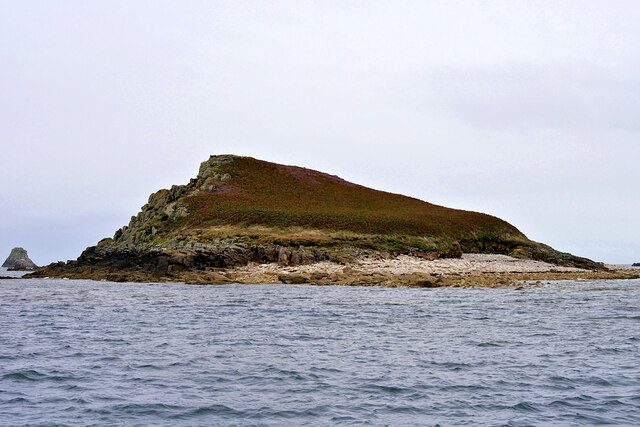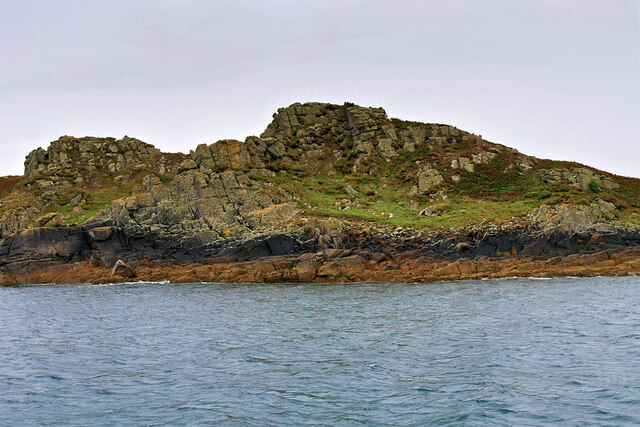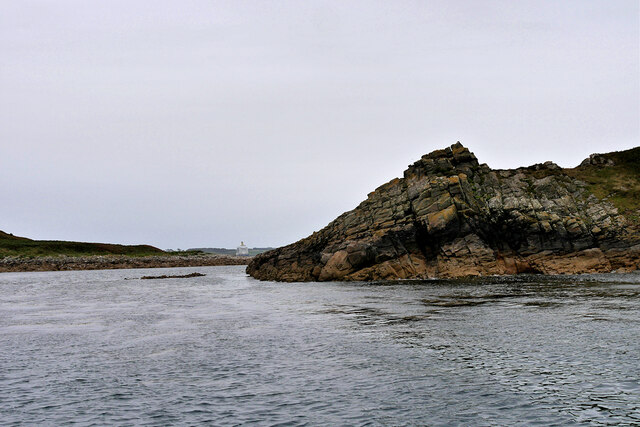Little Arthur
Island in Cornwall
England
Little Arthur
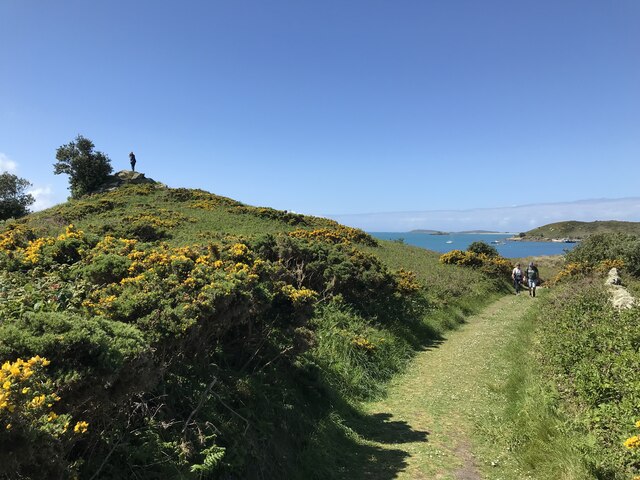
Little Arthur, Cornwall is a small island located off the coast of Cornwall, England. Named after the legendary King Arthur, this island measures approximately 1.5 acres in size. Situated in the Atlantic Ocean, it is part of the Isles of Scilly archipelago.
Little Arthur boasts stunning natural beauty with its rocky shores, sandy beaches, and lush vegetation. The island is home to a diverse range of flora and fauna, making it a haven for nature enthusiasts and birdwatchers. Visitors can expect to see a variety of seabirds, including puffins, gulls, and cormorants.
The island's rocky coastline provides ample opportunities for exploration and rock-pooling. Its clear waters are perfect for swimming and snorkeling, offering glimpses of marine life such as seals and dolphins. The sandy beach on the island's southern side provides a picturesque spot for picnics and sunbathing.
Little Arthur has a rich history, with evidence of human habitation dating back to the Bronze Age. It is believed that the island was once used for farming and fishing. Today, the remains of ancient stone structures can still be seen, adding to the island's charm and intrigue.
Access to Little Arthur is by boat, with regular services available from the nearby town of St. Mary's. The island offers no accommodation or amenities, making it a truly secluded and tranquil destination for day trips or camping. Visitors are advised to bring their own provisions and be respectful of the island's delicate ecosystem.
If you have any feedback on the listing, please let us know in the comments section below.
Little Arthur Images
Images are sourced within 2km of 49.946887/-6.2645386 or Grid Reference SV9413. Thanks to Geograph Open Source API. All images are credited.
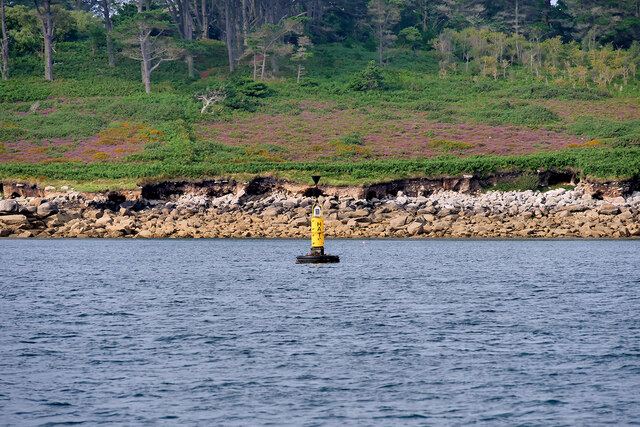
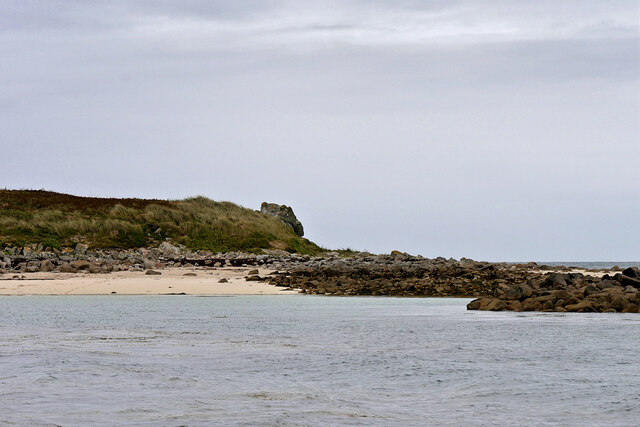
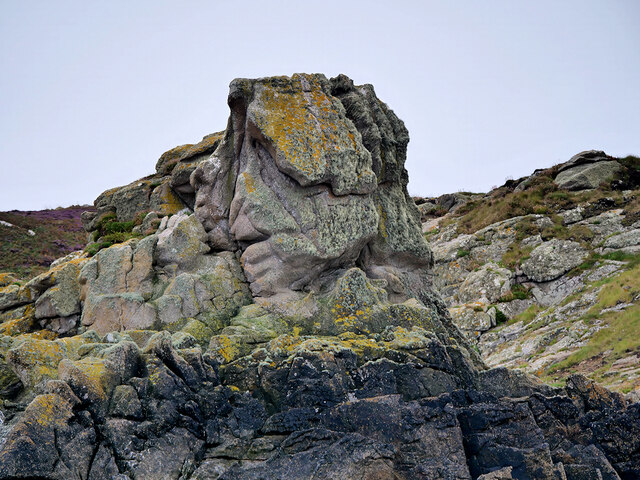
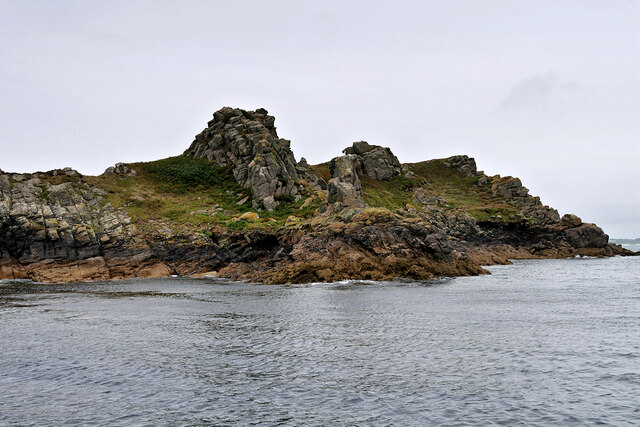
Little Arthur is located at Grid Ref: SV9413 (Lat: 49.946887, Lng: -6.2645386)
Division: Isles of Scilly
Unitary Authority: Isles of Scilly
Police Authority: Devon and Cornwall
What 3 Words
///fell.keyboards.sleepy. Near St Martin's, Isles of Scilly
Nearby Locations
Related Wikis
Great Ganilly
Great Ganilly ( gə-NIL-ee; Cornish: Goonhyli Veur, lit. 'great saltwater downs') is one of the Eastern Isles of the Isles of Scilly. It has a maximum total...
Eastern Isles
The Eastern Isles (Cornish: Enesow Goonhyli, islands of the salt water downs) are a group of twelve small uninhabited islands within the Isles of Scilly...
Wheel Wreck
The Wheel Wreck is the remains of a shipwreck lying in Crow sound off Little Ganinick in the Isles of Scilly. The wreck site consists of a discrete mound...
PS Earl of Arran (1860)
PS Earl of Arran was a passenger vessel operated by the Ardrossan Steamboat Company from 1860 to 1871 and the West Cornwall Steam Ship Company from 1871...
Nearby Amenities
Located within 500m of 49.946887,-6.2645386Have you been to Little Arthur?
Leave your review of Little Arthur below (or comments, questions and feedback).
